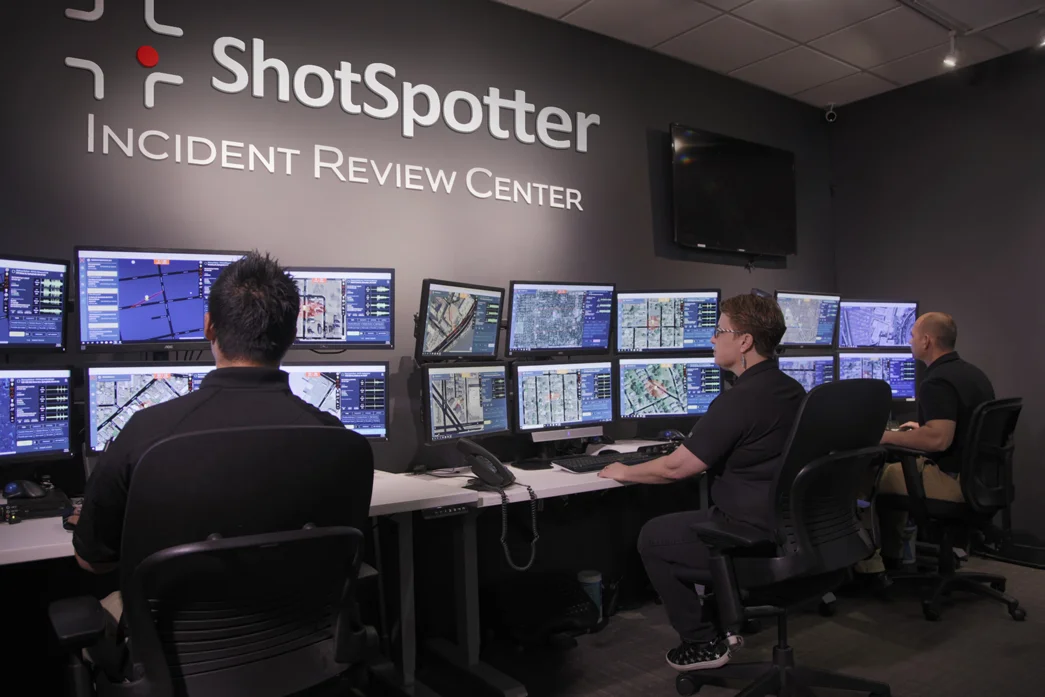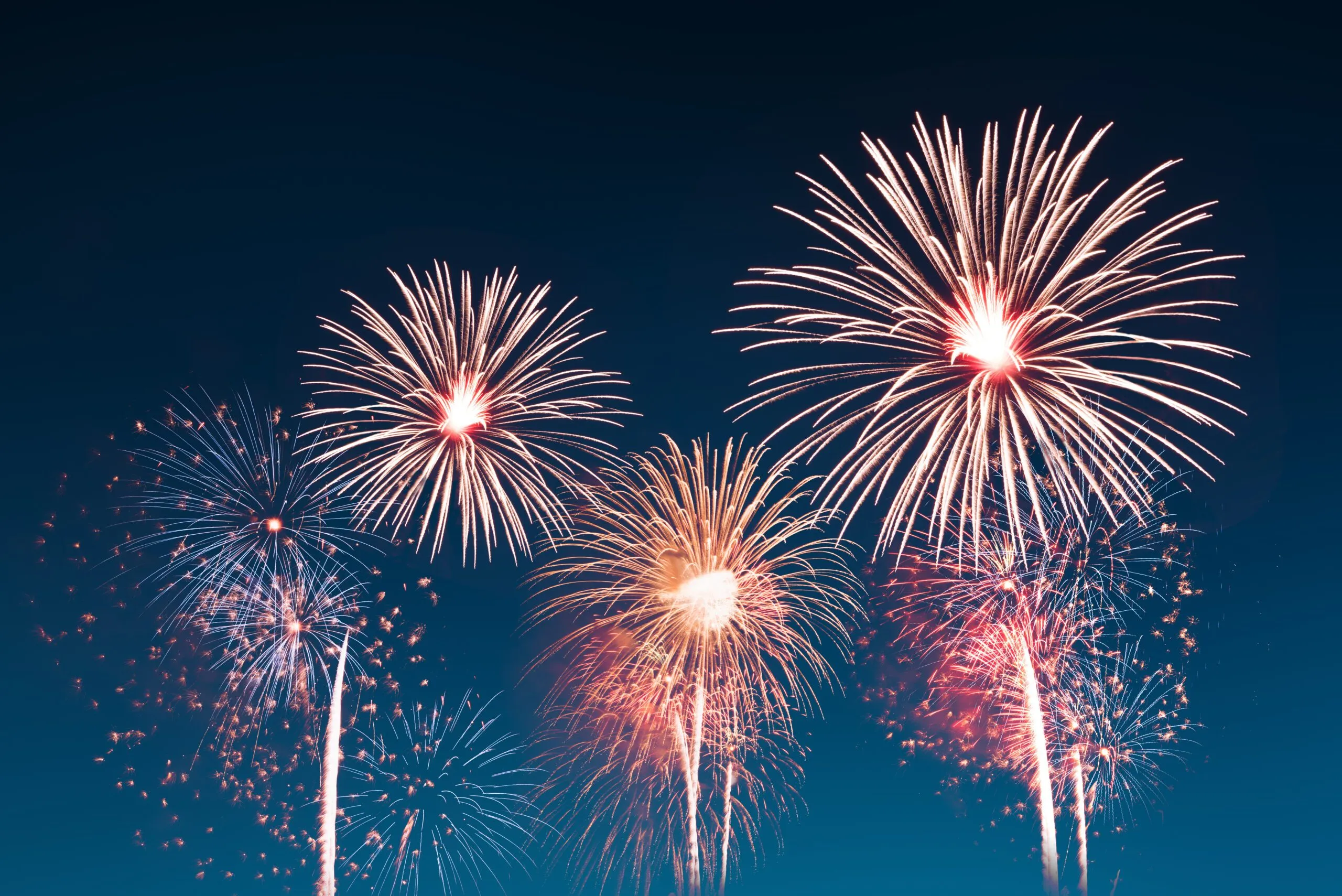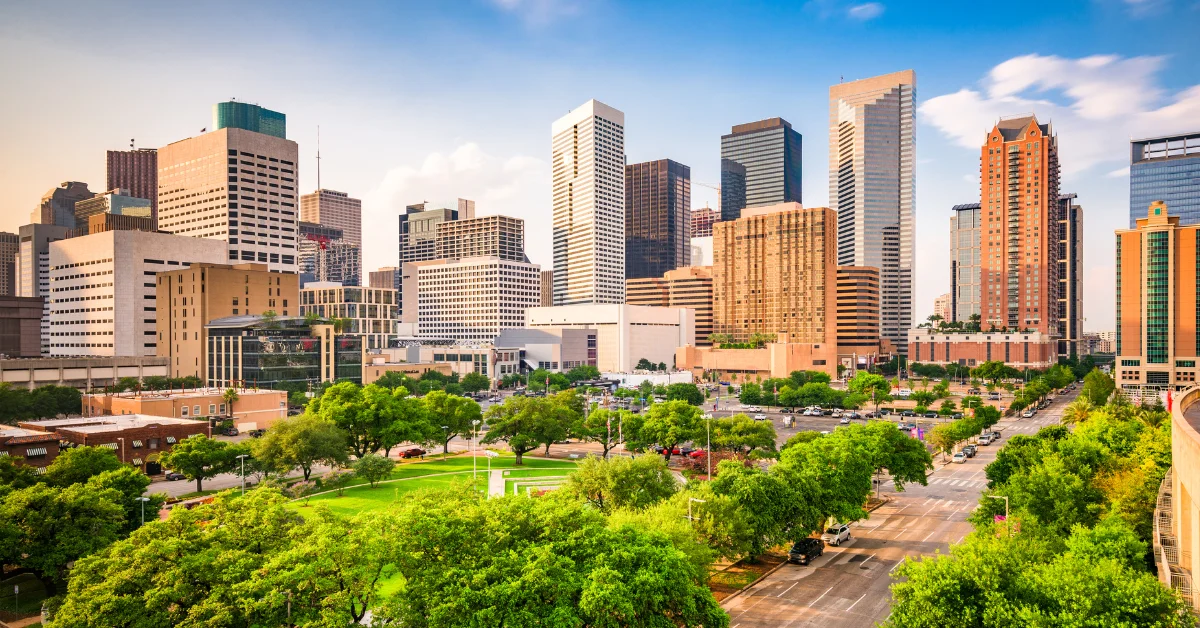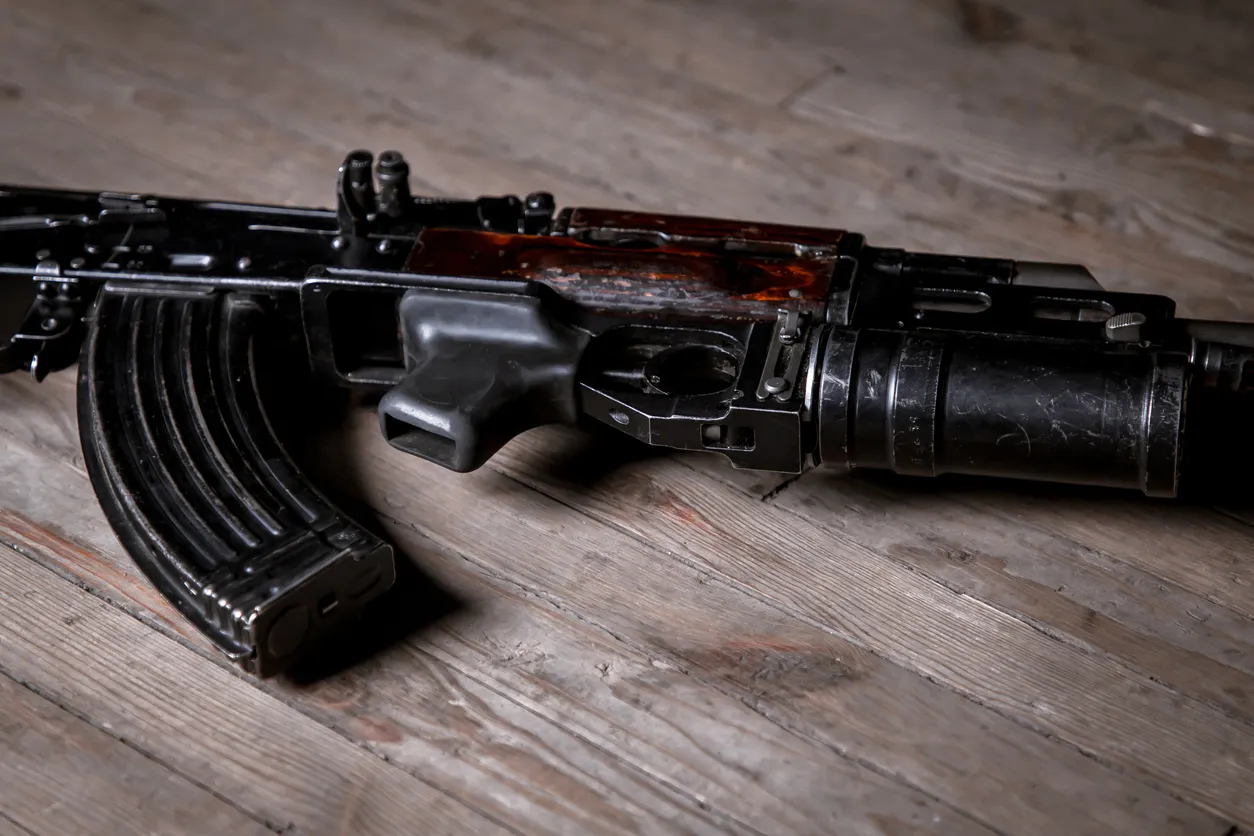Hidden amidst the millions of fireworks explosions across the country is the deadly sound of illegal celebratory gunfire, which combined with other types of gunfire, shatters lives and impacts communities. Fourth of July safety is a top priority, and we know that our ShotSpotter® alerts help police and first responders save the lives of gunshot victims. That is why, on our busiest days of the year, July 3rd and July 4th, we roll up our sleeves and put our technology and people power to the test—to sort through millions of bangs, booms, and pops—and alert our customers to incidents of real gunfire.
Let’s start with some statistics to show the scale of our operation during this time of year (July 3rd and 4th 2022):
- 500 million pulses detected. Loud, impulsive sounds picked up by our sensors.
- 1.75 million incidents created. Three or more sensors detected the sound, the system located it, and an incident was created/
- More than 1.5 million incidents filtered out by our machine classification algorithm. Dismisses incidents whose characteristics are not consistent with gunshots.
- Over 200,000 incidents sent to our Incident Review Centers (IRC). Where human reviewers analyze each incident to determine if these incidents were gunshots or not.
- 3,024 incidents published. Gunshots alerts sent to law enforcement customers.
Let’s consider those statistics for a moment. The powerful machine filtering algorithms were able to accurately dismiss more than 88 percent of the nearly 1.8 million incidents as sources other than gunfire. This allowed our trained IRC analysts to discern the small number of gunshots (1 percent) from over 200,000 incidents—at a multi-hour sustained peak rate of 40 incidents per second. Talk about finding a true needle in a haystack in a situation where every second counts, pressure is high, and human lives are at stake. ShotSpotter technology does not send a single incident to law enforcement without a human expert review, and no entity can claim the ability to compete with our SoundThinking scale when it comes to technology, expertise, true experience, and resolve.
How We Did It
ShotSpotter uses an array of acoustic sensors that are connected wirelessly to a centralized, cloud-based system that reliably detects and accurately locates gunshots. Each acoustic sensor captures the precise time and audio associated with impulsive sounds that may represent gunfire, which enables the system to utilize the data for calculating a precise time and location through multilateration.
In near-real time, the system creates an image mosaic that represents the sound characteristics of the noise event, along with various details about the incident, such as the set of sensors that detected it. The resulting image mosaic is analyzed by a machine learning algorithm trained with gunshot and non-gunshot incidents collected over 25 years of real data to filter out incidents that are clearly not gunshots.

Within seconds, the remaining incidents (potential gunshots) are relayed to our expert analysts at our IRC who have been extensively trained to analyze the sounds and visual patterns of gunfire from other sounds. They replay the sounds from multiple sensors and view the waveforms. For example, gunfire tends to have a steady cadence with pulses of equal strength and sound, whereas firecrackers are more sporadic with overlapping pulses of differing strength and sound. Reviewers also take the intensity of each pulse into their analysis. This is because fireworks often produce a small bang followed by a loud bang. Multiple shots fired from a single gun have similar intensity and loudness—around 140 decibels in the case of a handgun. By analyzing the waveforms and listening to the sounds, human reviewers make the final decision as to whether publish an alert to law enforcement or dismiss it as a non-gunshot.

The published alerts include the latitude and longitude of the incident, time of the incident, and the round count, all as the system detected. With the real-time alert, ShotSpotter provides a map where the gunfire is located. We also provide the nearest street address based on reverse geocoding of the latitude and longitude, which the system also produces automatically.
Extensive analysis, scaling, and planning are conducted in preparation for the Independence Day festivities. To maintain Fourth of July safety in the cities we support, we staff up given the higher number of incidents to review in a short period of time (21x higher than exactly one month earlier) and various technical teams carefully monitor the hardware, software, and system performance metrics.
What This Means for Our Technology and Company
On a day like the Fourth of July, when our system registers millions of booms, pops, and bangs, this can be challenging, a “stress test” of sorts for our systems and expert human analysts. Comparing year over year, it is notable that over this Fourth of July holiday, our system endured a higher volume of incident activity over a longer period of time. That takes resilience, both in terms of our technology and manpower. We are also processing a far greater number of incidents. Since 2019 in fact, the increase in incidents detected between July 3rd and July 4th is nearly three times higher. Yet our commitment to maintaining Fourth of July safety with accuracy and near-real-time alerts remains unwavering.
It is important to take a moment to recognize how we got here. Let’s start with our technology. Our highly sophisticated algorithms are the product of years of investment and refinement by our talented team of engineers. Our technological advancements—just like our reputation as the foremost leader in gunshot detection—did not happen overnight and we could not be prouder of our ground-breaking achievements. The same can be said for our highly trained analysts in the IRC, many of whom possess years of experience in this field. Even on days like the Fourth of July, we hold them to high standards, 99 percent accuracy in fact, and they too are essential to our continued success.
We often say here at SoundThinking that we are proud to do “work that matters.” This was truly the case this Fourth of July when the people and systems were tested like no year before it. With ShotSpotter we were still able to dismiss the high volume of firework sounds and publish thousands of gunfire alerts to help law enforcement better respond to shootings in their communities and maintain Fourth of July safety.







